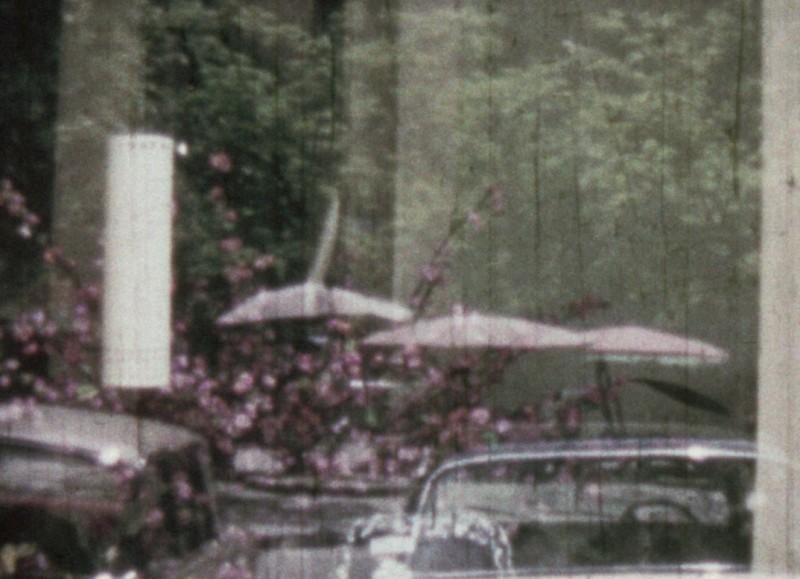The digitization of picture at 2K and sound at 48kHz and digital image restoration were carried out by the Austrian Film Museum, based on the second generation Super 8 prints with magnetic soundtrack from the collection of the Cinéclub Zagreb which is held by the Croatian Film Association in the Croatian Cinematheque at the Croatian State Archive. In total, 24 prints arrived in Vienna – four films exist as a single print and 10 films as double prints. The first step was research and inspection of the elements; this preparation was important for specifying all the steps in the workflow, and most importantly, for defining the goal of restoration.
During the inspection, we found out that these second generation prints are actually in good condition and are only slightly scratched. Close inspection also showed that on these 2nd generation prints there are many traces of the original reversal elements printed in the image, such as splices, a lot of dust and traces of projectors (wide vertical scratches). These findings drew a very logical ground for approaching the restoration. The aim that we decided on was to restore the image and sound of the second generation print and to preserve the inherent characteristics and aforementioned traces on the original reversal film. The reason for that was mainly the fact that these traces cover a large part of the image on some of the films and it was very challenging to remove them without creating digital artefacts, because there is not enough information that the software algorithms could be used to interpolate those parts of the image.
We also checked the completeness of the films and found out that among these 10 double prints there are four films which were not identical in terms of length, meaning one print was longer than the other, so there were obviously some missing frames on one of the prints. The decision was made that we would restore the most complete version of the film, which means that as a source element for restoration we would select the longer version, if it turned out that the image on both prints was of similar quality. However, due to more image detail or less traces of physical damage on the shorter versions of three films (Sand, Variations and The Travelogue) we decided to use a shorter version as source and insert the missing frames from the other print. Both prints of each film were digitized under the same scanner light settings, and also colours were similarly well preserved, so in general there were no problems regarding the compatibility of images from the two prints.



